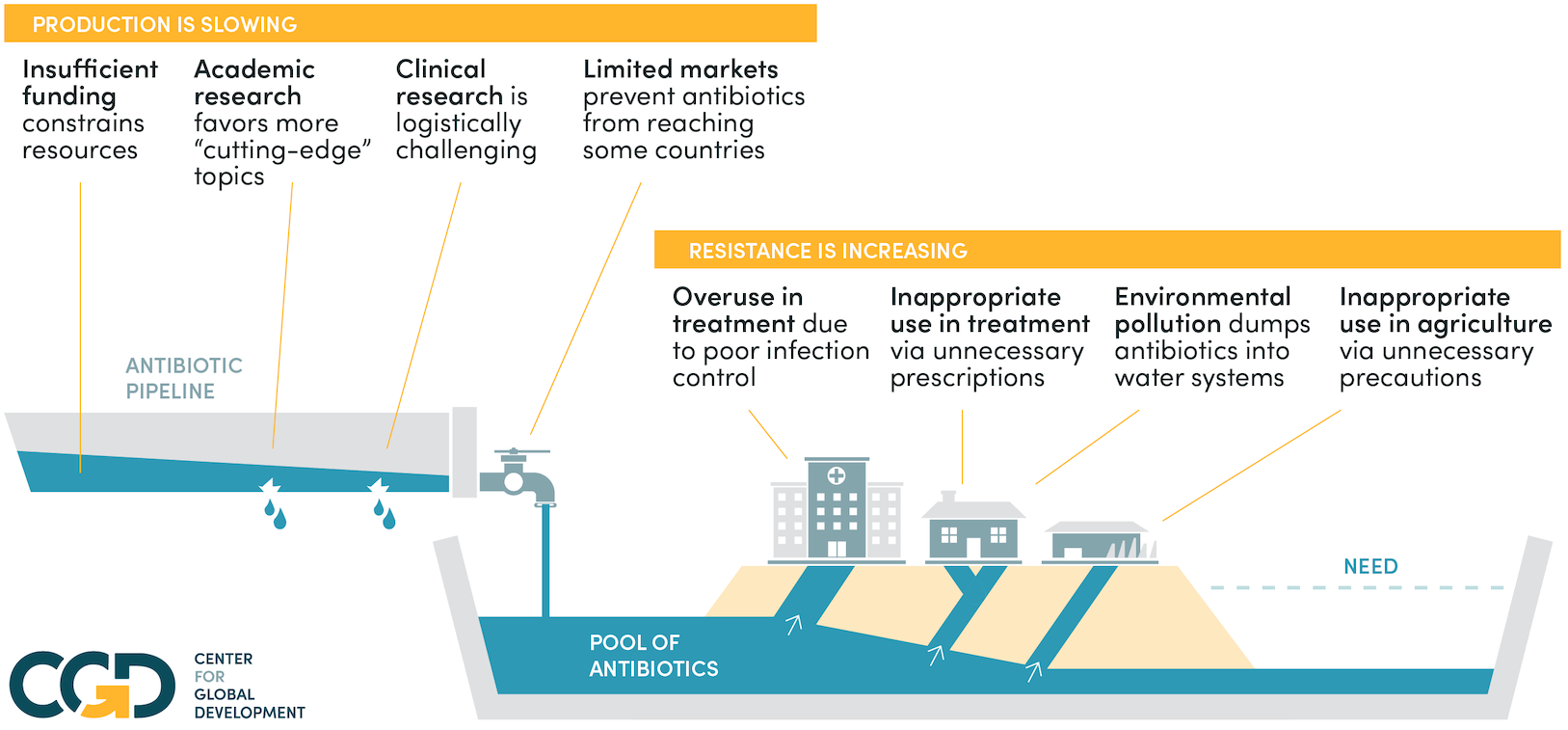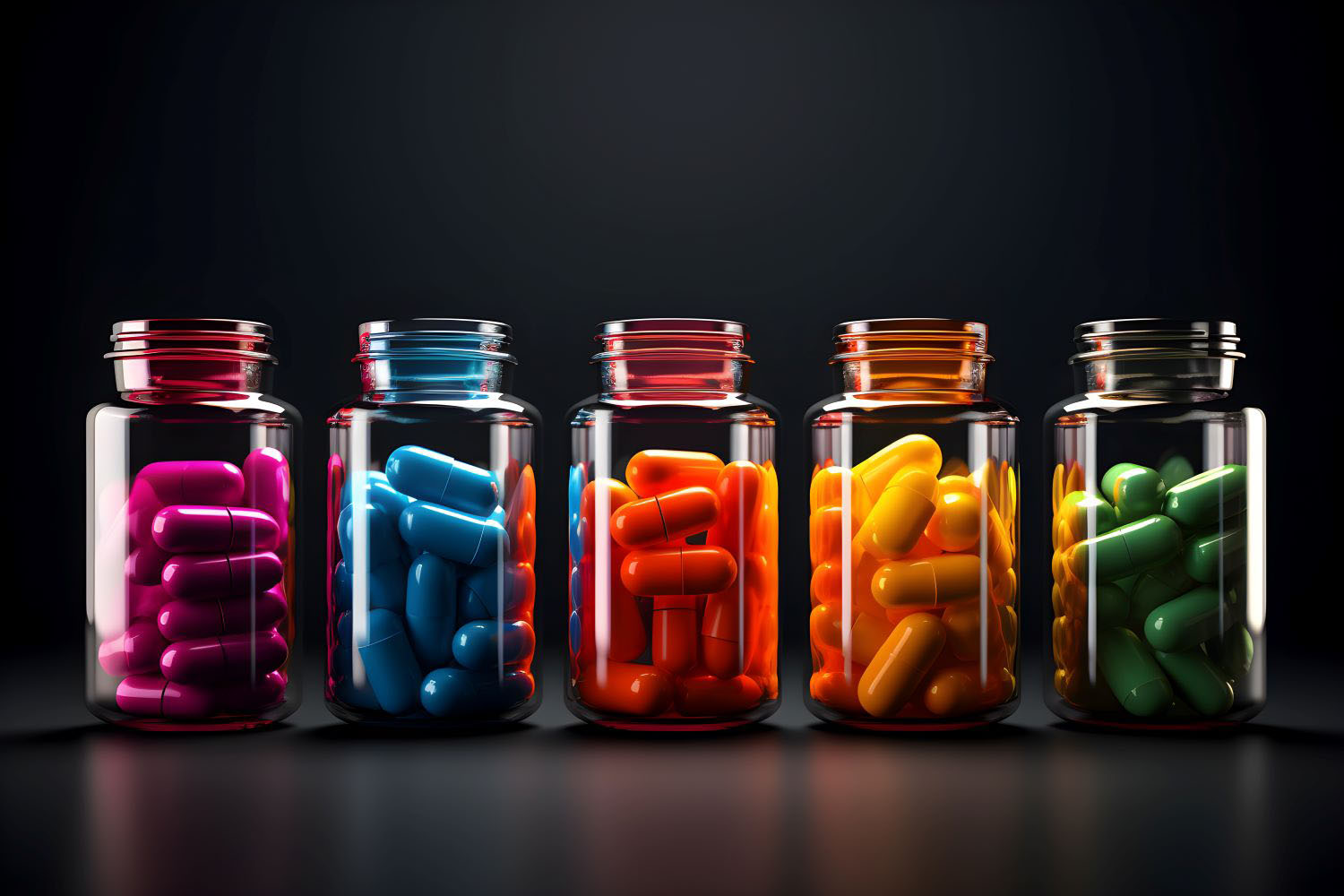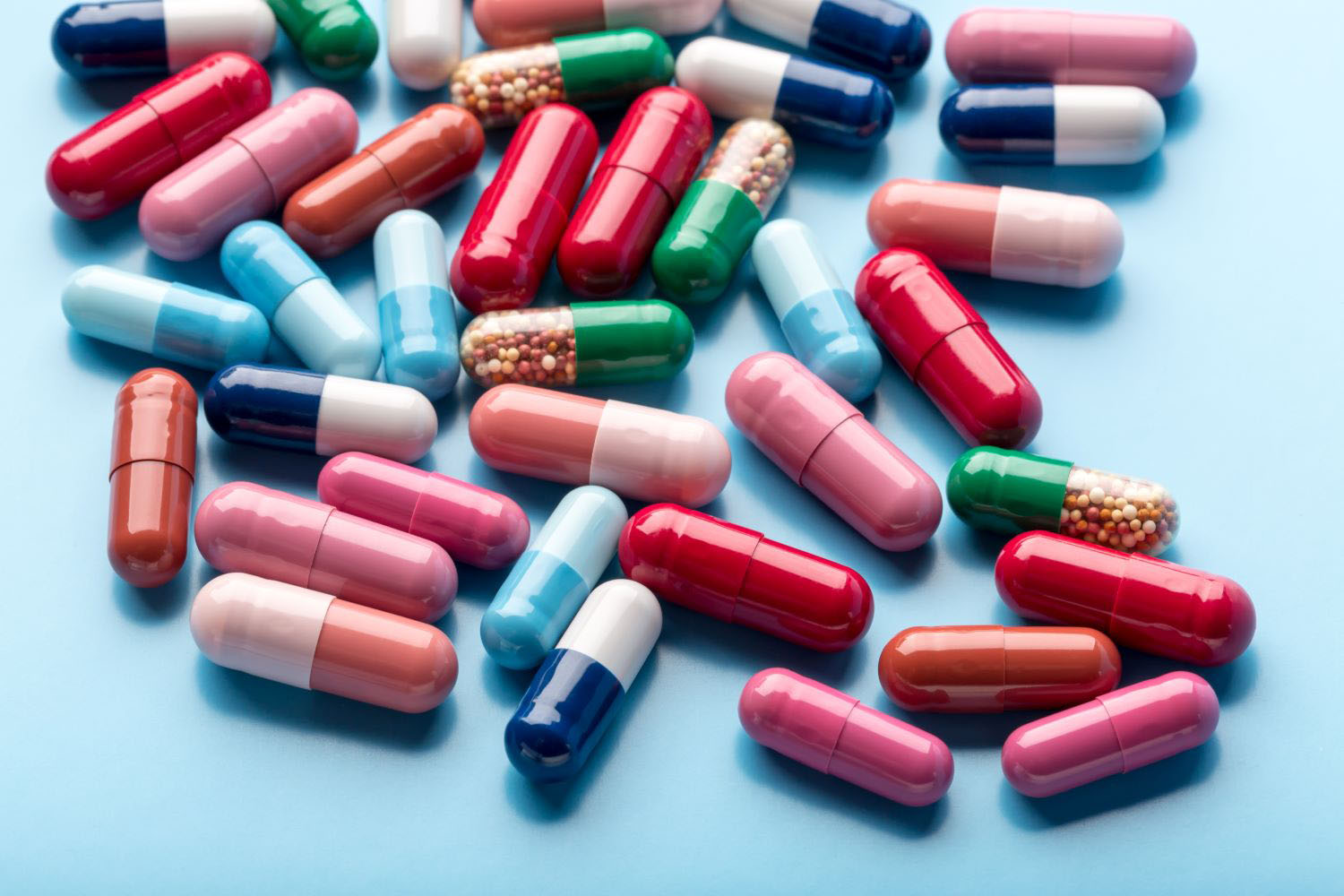This spring the WHO kicked off World Health Day with a foreboding slogan, “Antimicrobial resistance: no action today, no cure tomorrow,” to increase awareness of the dangers of drug resistance. Two months later, a new strand of E coli:0104 rapidly spread throughout thirteen countries in Europe and proved resistant to more than a dozen antibiotics. Considering these two events, policy makers and health care providers should be moving faster to set drug resistance as a top priority.Last year, the CGD Drug Resistance Working Group released a report with actionable recommendations for decision-makers to consider as they work to reduce the effects of drug resistance. The Center for Disease Dynamics, Economics & Policy (CDDEP) recently introduced the CDDEP Drug Resistance Map which reflects the first recommendation from the working group - to improve surveillance by collecting and sharing resistance information. The map consolidates information from over 150 zip codes across the United States and uses color-coded, animated maps to illustrate the spread of drug resistance across the country (demonstrating that chances are drug resistance has come to a neighborhood near you).

Source: http://www.cddep.org/resistancemap
This tool provides a good platform for displaying drug resistance in the United States. Still, similar coordinated surveillance needs to take root in developing countries where drug resistance poses an even greater risk due to the high price of second line drugs (14 times higher for ARVs and 175 times higher for anti-tuberculosis drugs) and a largely unregulated market for prescription drugs. When combined with poor laboratory and clinical infrastructure, these circumstances lead to increasingly high levels of drug resistance and yield a deadly outlook for those affected (see table below).

Source: The Race Against Drug Resistance, CGD (2010)
Despite the dangers of misuse, as much as 40 percent of global spending by some major health donors is spent on the procurement of drugs and supplies. Without adequate surveillance of drug resistance, the efforts of global health funders to provide needed medications may actually be undermining their attempts to reduce disease burden.The CDDEP
Drug Resistance Map demonstrates a great tool that can be expanded to encompass drug resistance rates in the developing world and provide the surveillance needed to protect donor funding and, more importantly, the lives of thousands. And once in place, the data can be leveraged to achieve CGD’s Drug Resistance Working Group’s remaining three recommendations:
- Secure the drug supply chain and to ensure quality products and practices;
- Strengthen national drug regulatory authorities; and
- Catalyze research and innovation to speed the development of resistance-fighting technologies.
Moreover, these kinds of surveillance tools need to be embraced by local, regional, and international communities and used to inform higher standards for national and international policies and health regulations. After all, drug resistance doesn’t respect borders – what’s resistant halfway across the world today could be in your neighborhood tomorrow.We are looking forward to hearing what other great ideas and research will emerge on this topic following the CCDEP’s
Global Forum on Bacterial Infections this October.
CGD blog posts reflect the views of the authors, drawing on prior research and experience in their areas of expertise.
CGD is a nonpartisan, independent organization and does not take institutional positions.







